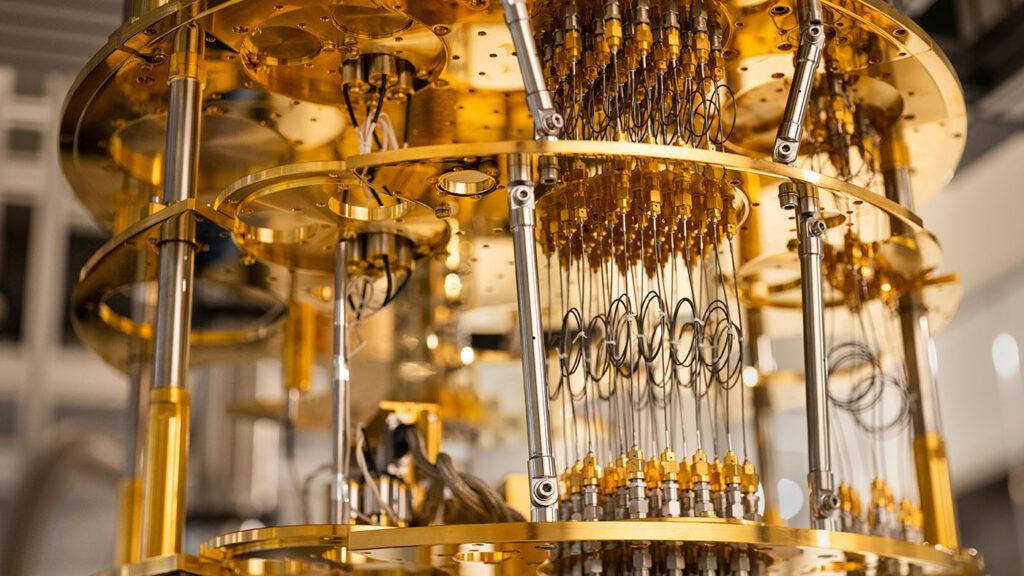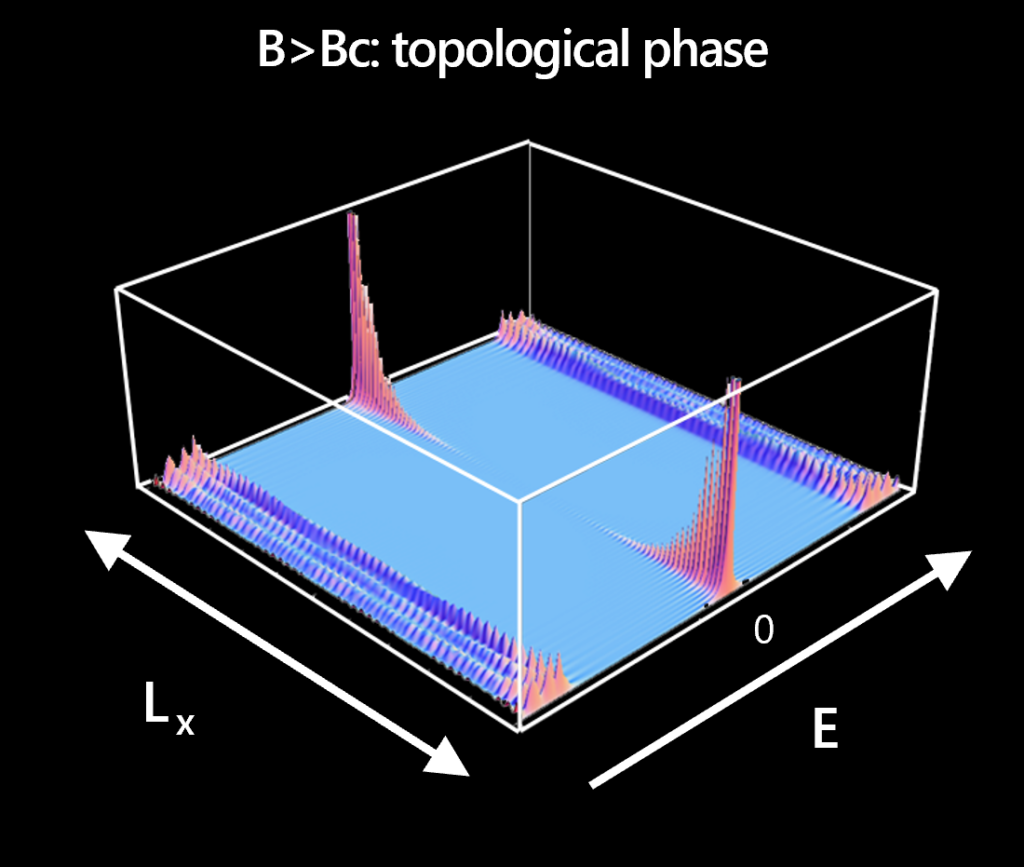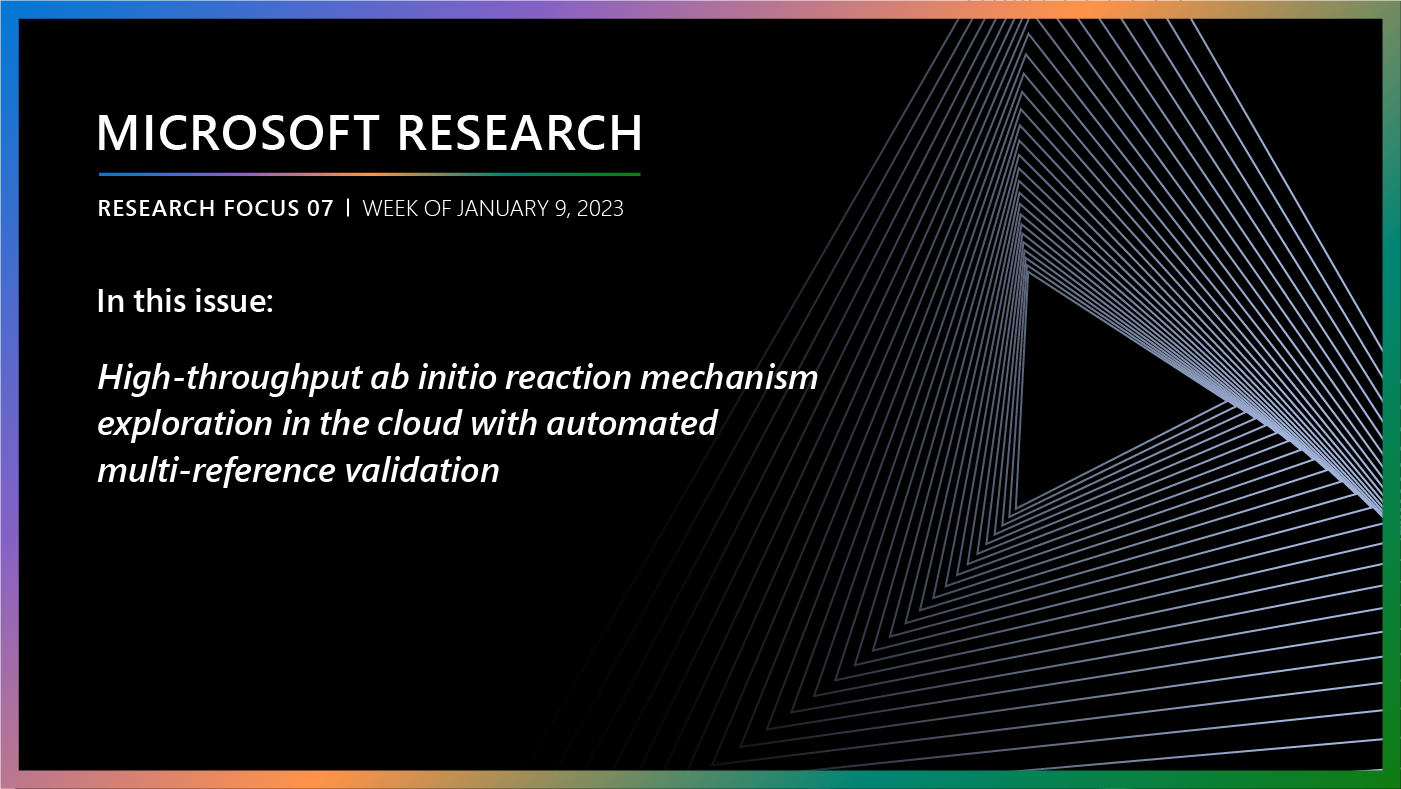
Quantum computing promises to help us solve some of humanity’s greatest challenges. Yet as an industry, we are still in the early days of discovering what’s possible. Today’s quantum computers are enabling researchers to do interesting work. However, these researchers often find themselves limited by the inadequate scale of these systems and are eager to do more. Today’s quantum computers are based on a variety of qubit types, but none so far have been able to scale to enough qubits to fully realize the promise of quantum.
Microsoft is taking a more challenging, but ultimately more promising approach to scaled quantum computing with topological qubits that are theorized to be inherently more stable than qubits produced with existing methods without sacrificing size or speed. We have discovered that we can produce the topological superconducting phase and its concomitant Majorana zero modes, clearing a significant hurdle toward building a scaled quantum machine. The explanation of our work and methods below shows that the underlying physics behind a topological qubit are sound—the observation of a 30 μeV topological gap is a first in this work, and one that lays groundwork for the potential future of topological quantum computing. While engineering challenges remain, this discovery proves out a fundamental building block for our approach to a scaled quantum computer and puts Microsoft on the path to deliver a quantum machine in Azure that will help solve some of the world’s toughest problems.
Dr. Chetan Nayak and Dr. Sankar Das Sarma recently sat down to discuss these results and why they matter in the video below. Learn more about our journey (opens in new tab) and visit Azure Quantum (opens in new tab) to explore the Azure Quantum hardware profolio (opens in new tab) and get started with quantum computing today.
Microsoft Quantum team reports observation of a 30 μeV topological gap in indium arsenide-aluminum heterostructures
Topological quantum computation is a route to hardware-level fault tolerance, potentially enabling a quantum computing system with high fidelity qubits, fast gate operations, and a single module architecture. The fidelity, speed, and size of a topological qubit is controlled by a characteristic energy called the topological gap. This path is only open if one can reliably produce a topological phase of matter and experimentally verify that the sub-components of a qubit are in a topological phase (and ready for quantum information processing). Doing so is not trivial because topological phases are characterized by the long-ranged entanglement of their ground states, which is not readily accessible to conventional experimental probes.
This difficulty was addressed by the “topological gap protocol” (TGP), which our team set forth a year ago as a criterion for identifying the topological phase with quantum transport measurements. Topological superconducting wires have Majorana zero modes at their ends. There is a real fermionic operator localized at each end of the wire, analogous to the real fermionic wave equation constructed by Ettore Majorana in 1937.
Spotlight: Microsoft research newsletter
Consequently, there are two quantum states of opposite fermion parity that can only be measured through a phase-coherent probe coupled to both ends. In electrical measurements, the Majorana zero modes (see Figure 1) cause zero-bias peaks (ZBPs) in the local conductance. However, local Andreev bound states and disorder can also cause zero-bias peaks. Thus, the TGP focuses on ZBPs that are highly stable and, crucially, uses the non-local conductance to detect a bulk phase transition. Such a transition must be present at the boundary between the trivial superconducting phase and the topological phase because these are two distinct phases of matter, as different as water and ice.

We have simulated our devices using models that incorporate the details of the materials stack, geometry, and imperfections. Our simulations have demonstrated that the TGP is a very stringent criterion, rendering it a reliable method for detecting the topological phase in a device. Crucially, the conditions for passing the protocol—the presence of stable ZBPs at both ends of the device over a gapped region with gapless boundary, as established via the non-local conductance—were established before any devices had been measured. Given the subtleties involved in identifying a topological phase, which stem from the absence of a local order parameter, one of the design principles of the TGP was to avoid confirmation bias. In particular, the device is scanned over its entire operating range instead of ‘hunting’ for a specific desired feature, such as a ZBP.
Microsoft’s Station Q, in Santa Barbara, CA, is the birthplace of Microsoft’s quantum program. For the last 16 years, it has been the host of a biannual conference on topological phases and quantum computing. After a two-year hiatus of in-person meetings due to the pandemic, the Station Q meetings resumed in early March. At this meeting with leaders in quantum computing from across industry and academia, we reported that we have multiple devices that have passed the TGP.
Our team has measured topological gaps exceeding 30 μeV. This is more than triple the noise level in the experiment and larger than the temperature by a similar factor. This shows that it is a robust feature. This is both a landmark scientific advance and a crucial step on the journey to topological quantum computation, which relies on the fusion and braiding of anyons (the two primitive operations on topological quasiparticles). The topological gap controls the fault-tolerance that the underlying state of matter affords to these operations. More complex devices enabling these operations require multiple topological wire segments and rely on TGP as part of their initialization procedure. Our success was predicated on very close collaboration between our simulation, growth, fabrication, measurement, and data analysis teams. Every device design was simulated in order to optimize it over 23 different parameters prior to fabrication. This enabled us to determine the device tuning procedure during design.
Our results are backed by exhaustive measurements and rigorous data validation procedures. We obtained the large-scale phase diagram of multiple devices, derived from a combination of local and non-local conductances. Our analysis procedure was validated on simulated data in which we attempted to fool the TGP. This enabled us to rule out various null hypotheses with high confidence. Moreover, data analysis was led by a different team than the one who took the data, as part of our checks and balances between different groups within the team. Additionally, an expert council of independent consultants is vetting our results, and the response to date is overwhelmingly positive.
With the underlying physics demonstrated, the next step is a topological qubit. We hypothesize that the topological qubit will have a favorable combination of speed, size, and stability compared to other qubits. We believe ultimately it will power a fully scalable quantum machine in the future, which will in turn enable us to realize the full promise of quantum to solve the most complex and pressing challenges our society faces.


